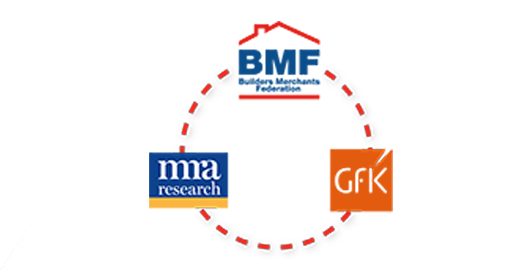Keystone Lintels comment: Q3 2016
Derrick McFarland, Managing Director Keystone Lintels is BMBI’s Expert for Steel Lintels.
Trading over the summer was encouraging, with steel lintels’ volumes significantly up on Q3 2015. Although growth in July was partly fuelled by customers beating a price increase in steel, August and September showed continuous improvement on the same months last year.
At the time of writing, I can confirm this trend has been sustained into the early part of Q4. The steel lintels market is reaping the benefits of demand for new housebuilding, together with strong consumer confidence, high job security, positive lending and ready availability of mortgages. The rising trend is also visible in the home improvement sector.
However the Royal Institution of Charted Surveyors (RICS) reported surveyor workloads had tapered off over the summer, especially in London and the South East. So, there is no guarantee that the market will continue to grow.
Is this growth spurt being driven by the unknown of next spring? In this post-Brexit vote period, little is certain and only time will tell. If the Government delivers on its pledge to significantly increase the supply of housing, we hope to see modest growth continue.
Innovative products are contributing to demand in the steel lintels market. Most notably in Q3, growth in the high-performance steel lintel sector was ahead of standard steel lintels. The high performance steel lintel specification allows housebuilders and Standard Assessment Procedure (SAP) Assessors to achieve SAP ratings at relatively low costs. SAP is the government’s recommended system for producing an Energy Performance Certificate (EPC) for newly built dwellings.
The unique aspect of these high performance steel lintels is that they significantly reduce cold bridging across the lintel and, combined with other high performance materials, can eliminate expensive renewables and other high cost design solutions.
The recent news that the EU has ratified the Paris Agreement will further test new housebuilding and existing stock refurbishments for low carbon construction and energy efficient operations. The Paris Agreement sets out a global action plan to put the world on track to avoid dangerous climate change by limiting global warming to well below 2°C. The ratification is music to the ears of our innovative R&D teams who relish these new challenges.



